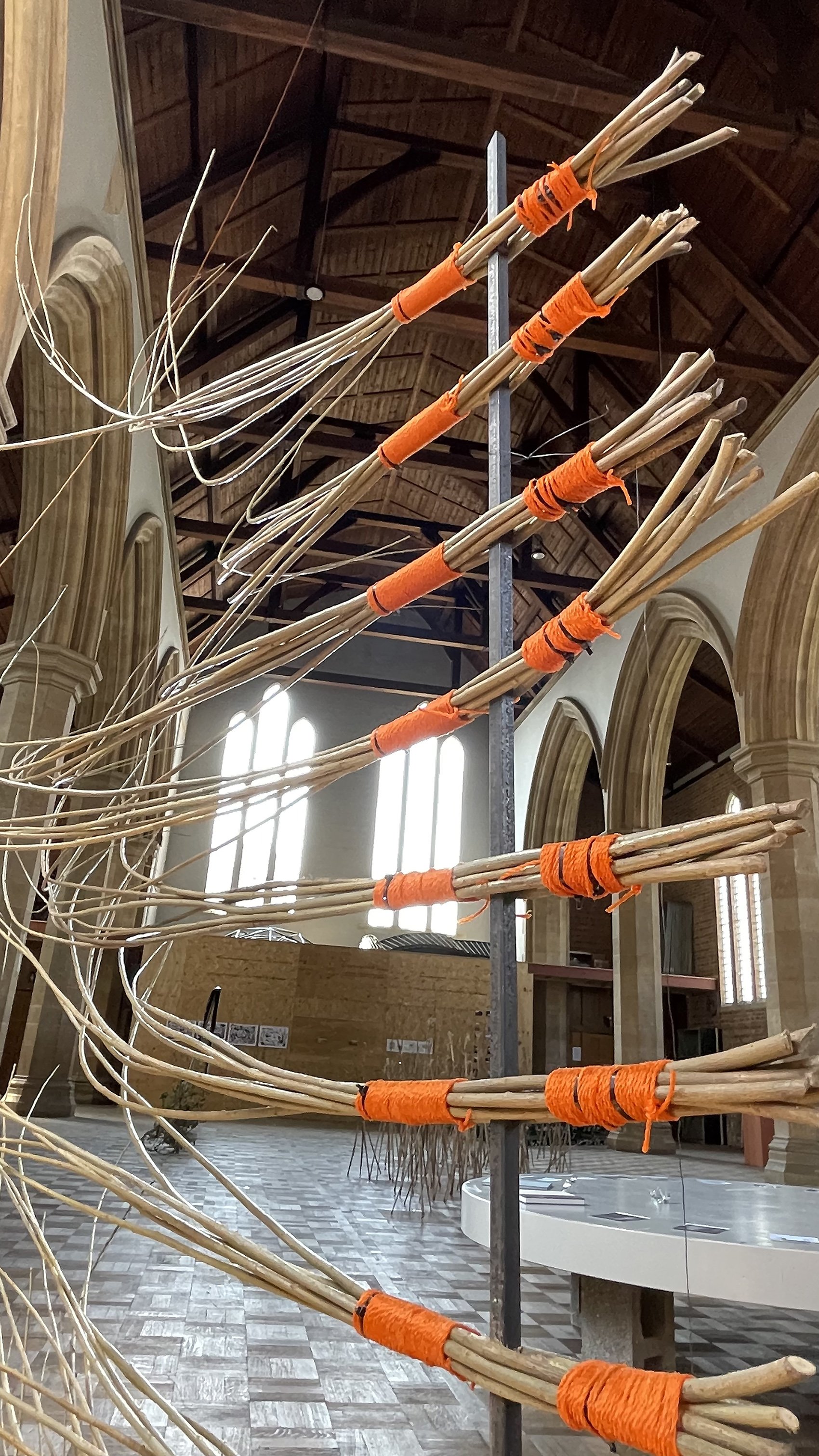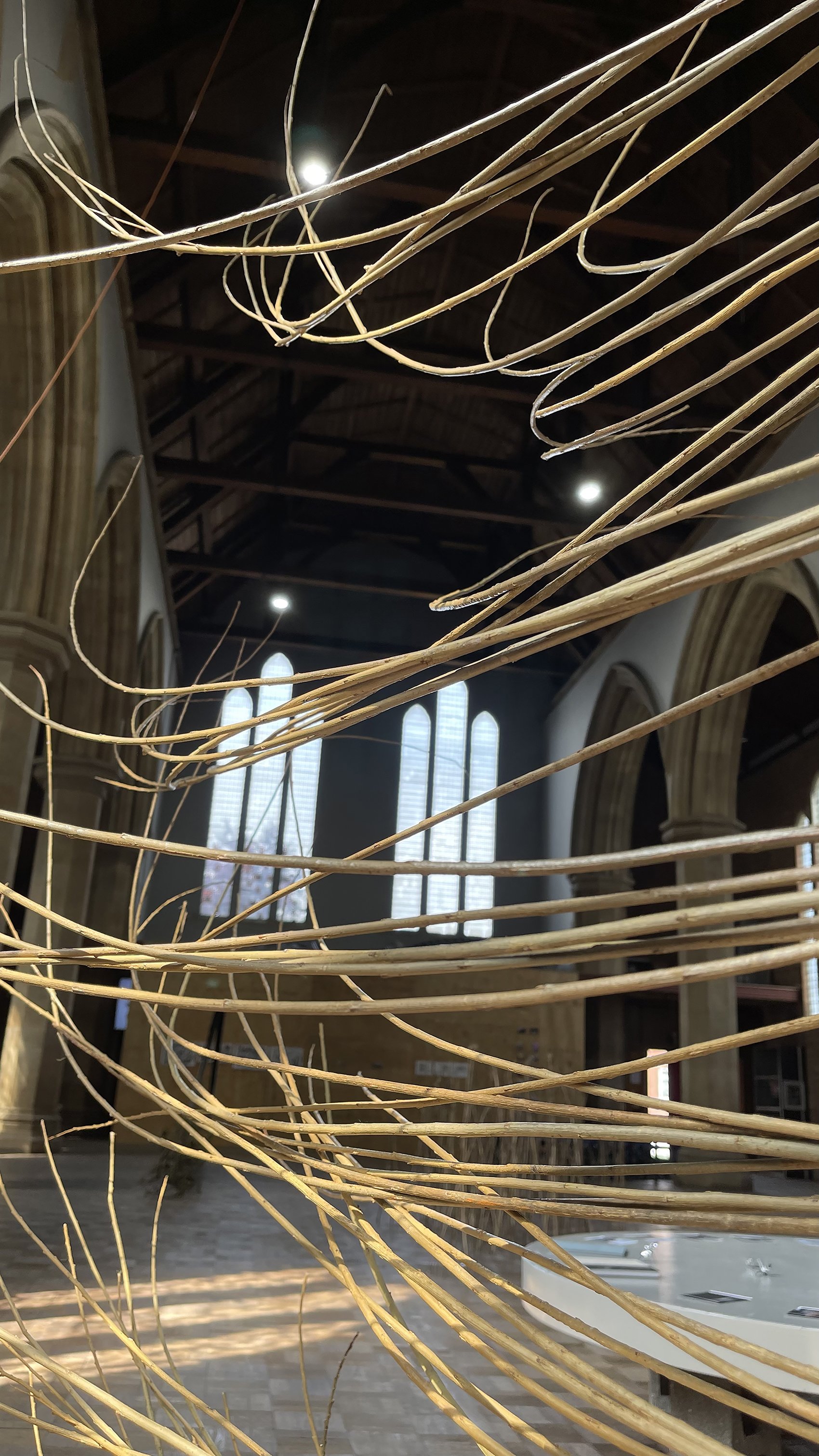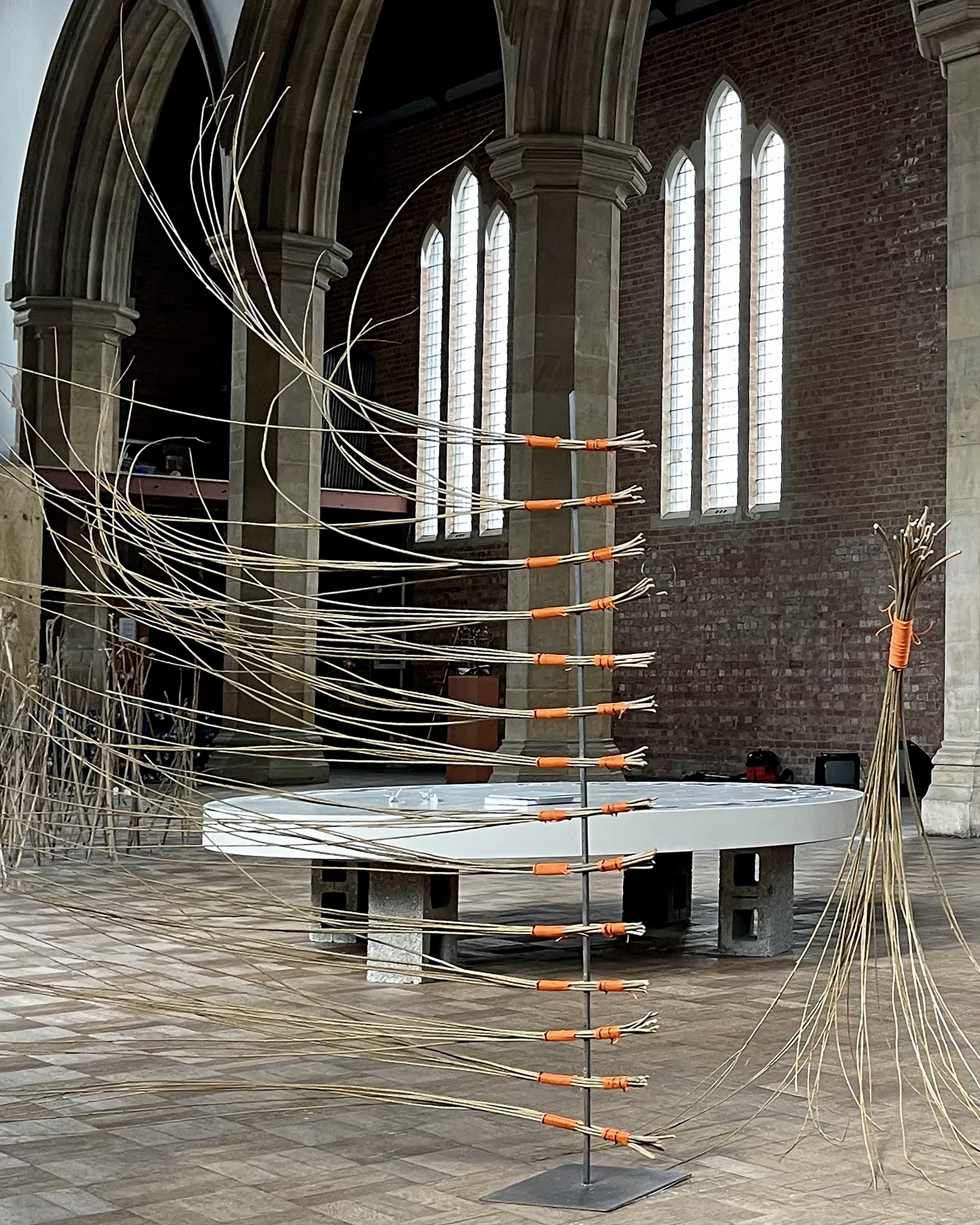Throughout this online exhibition we’ve encountered artists who have suggested routes/roots for a more sustainable future. The exhibition opened with Ulrika Sparre, asking us to place our Ear to the Ground, quite simply – to listen. In this final section we hear from five versatile artists offering clear points of return: Tanja Geis and Fiona Carruthers urge us to pay attention to our natural resources. Erin Woodbrey, like Bethany Johnson, promotes the importance of sustainability through use of recycled, repurposed materials – whilst also highlighting issues of over-consumption. Our closing artist, Miguel Jeronimo’s stunningly effective project carries what could be considered the strongest strategy at our disposal in tackling the climate emergency. Artist and jury member Anna Macleod tells us more:
‘It is in this last Viewing Room where we see speculative roadmaps for actual change, the projects presented here have issued a clarion call for a more nuanced understanding of the relationships between ecologies and to reflect on the interconnectedness of all survival strategies be they animal, vegetable or mineral.
Outstanding in this category is Miguel Jeronimo’s Jungle on my Mind where indigenous voices are given a platform, one which is so often sadly missing in contemporary art. The paradigm shift in perspective and the economic future of the Chi Phat villagers is linked to sustainability and co-existence in and with nature. We are impressed and slightly in awe by the bravery of these people to make such fundamental changes. The portraits with mirrors point to much self-reflection in the lives and families of Mr Koun, Mr Rith, Mr Sean, Mr Meuon, Mr Sok Out, Mr Ngeth, Mr Rattanak; and the mirror points directly at us too.’




























Thank you for visiting this virtual version of Points of Return. Please feel free to leave your feedback below and sign up to our mailing list. You can support our not-for-profit work by making a donation.